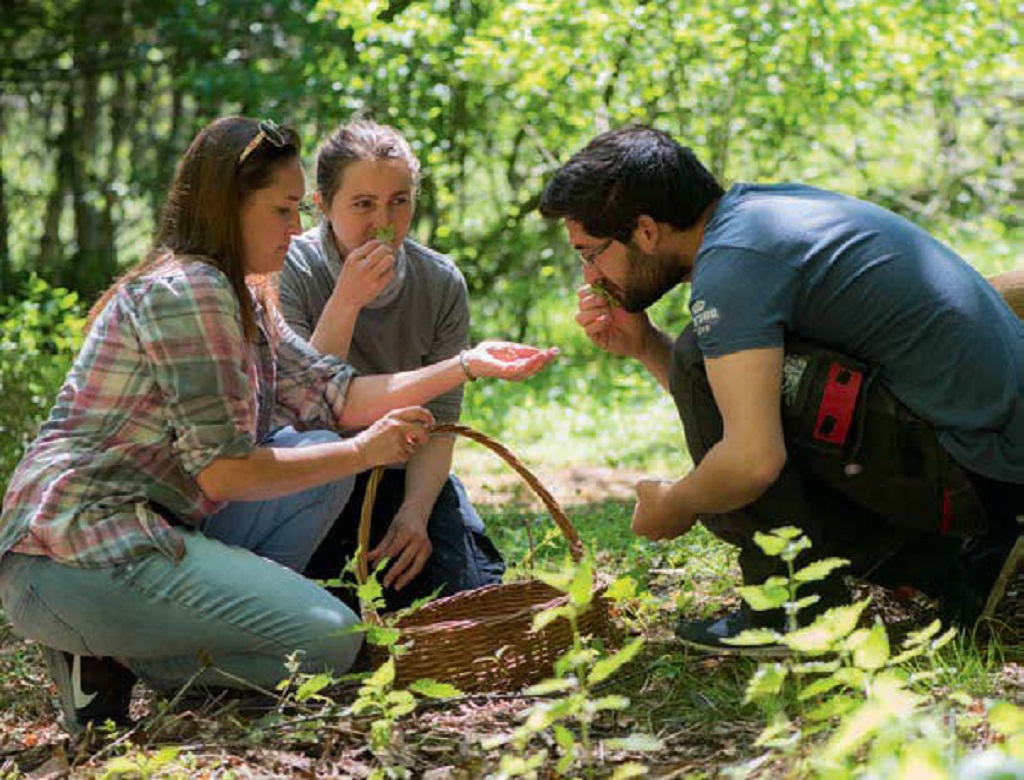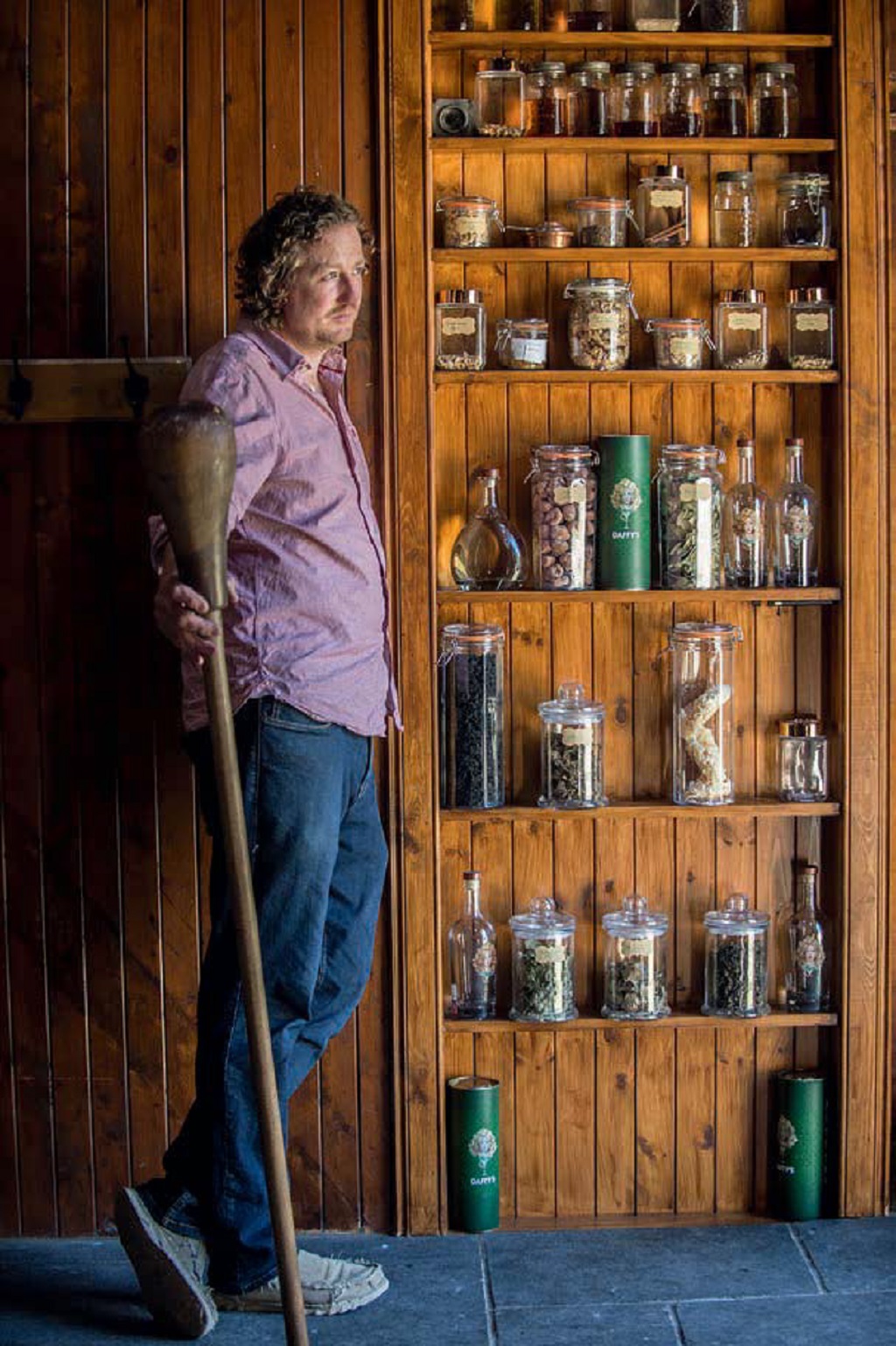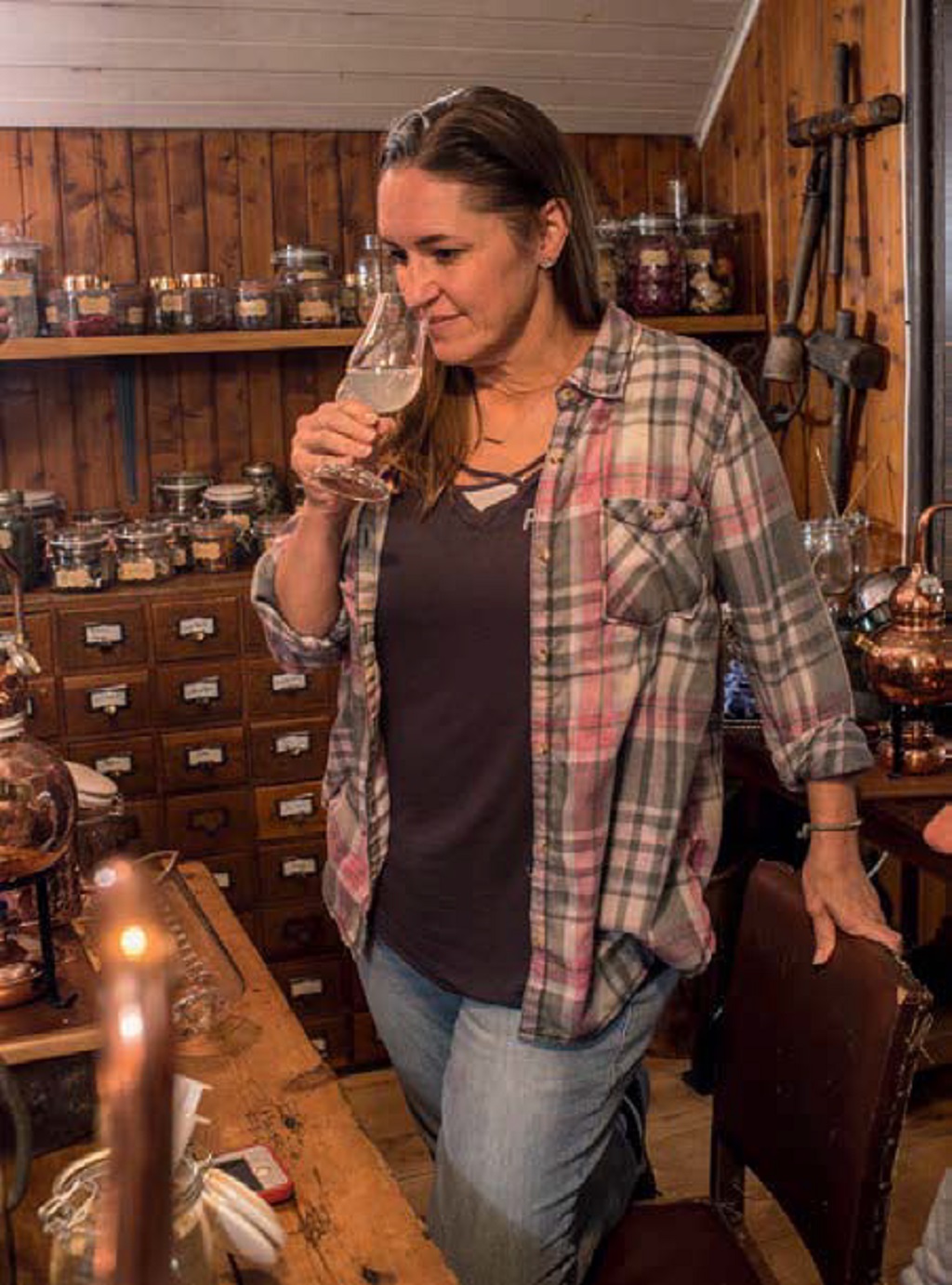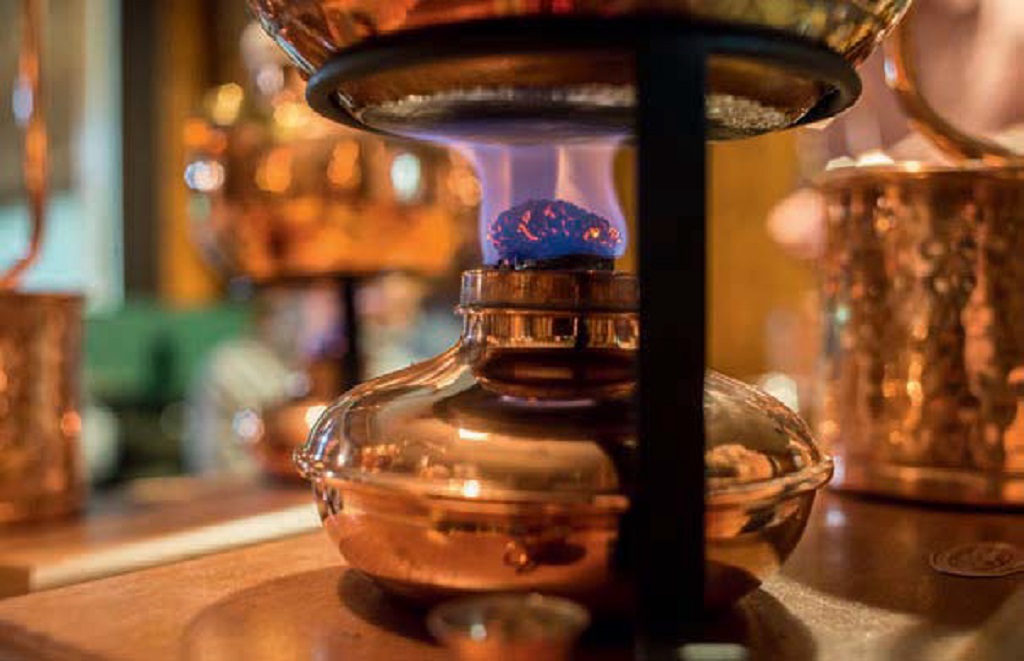
Scottish Field goes back to school… gin school!
Heading to Inverness-shire is a feast for the eyes, and now that you can take a trip to Daffy’s Gin to create your own liquid masterpiece, it’s an unmissable stopping point.
If you were to tell me that there is enough gin in Scotland to sink a battleship I’d be hard-pushed to argue with you. The explosion in the Scottish gin industry shows no signs of slowing down but it’s a sad fact that not all gins are created equal.
And this is what brings me to Strathmashie, near Newtonmore and to the home of Daffy’s Gin. Daffy’s won the World’s Best Gin accolade in the 2015 International Wine and Spirits Competition and has won around 30 gold medals since, so I know I’m in safe hands. Here in a room reminiscent of an old fashioned apothecary filled with jars of botanicals and drawers of foraged ingredients, visitors can create their very own gin.
But I’m getting ahead of myself. Nature’s larder has been kind to Inverness-shire so before you carefully select the botanicals that you would like to infuse your gin with you might want to grab a basket and head out foraging.
If you’re of an active persuasion you can choose to hop on a stand up paddle board and search for botanicals as you drift along or like me, you can choose to head for the hills of Ardverikie Estate in a Land Rover or on a quad bike to hunt for living treasure.
Ian Brown of Highland All Terrain was our guide as we explored just a little of the almost 50,000 acre estate, which is home to adders, sea eagles, golden eagles, osprey and lots of deer.

Foraging in the distillery grounds (Photo: Angus Blackburn)
Ardverikie House is a stunning baronial mansion which has been owned by the same family for around 150 years. It’s probably most famous for being Glenbogle in BBC TV series Monarch of the Glen, but the house and estate have also been immortalised in Outlander and films Mrs Brown and Salmon Fishing in the Yemen.
Just by the house is a mound of earth named the King’s Grave. With only a birch tree to mark the spot it is the resting pace of eight former monarchs of Scotland.
In autumn you will find a wealth of delicious gin-making treats growing on the estate including blueberries and cranberries. If the weather is kind then a trip to the largest natural inland beach in Europe on the banks of Loch Laggan is a real treat, the shallow water at the edge of the loch soon warms up on a sunny day, making it the perfect place for a paddle.

Chris Molyneaux with a giant pestle and just a small selection of botanicals (Photo: Angus Blackburn)
A quick stop off for a hearty bowl of veggie chilli at Laggan Wolftrax and a peek at some of the many mountain bike trails there helped to sustain us ahead of our adventure in gin making.
More foraging in the grounds of the distillery followed under the tuition of Daffy’s founder, Chris Molyneaux, who is a font of knowledge on all things gin related. Then it was off to the distillery to begin crafting our very own gins. As well as being a wonderland of botanical loveliness, the gin school at Daffy’s distillery contains a host of shiny miniature alembic copper stills.
Chris gave us an overview of the gin making process before guiding us through some of the botanicals that we might like to incorporate into our gin: ‘You decide on your flavour profiles and select one or two headline flavours before choosing complimentary flavours to supplement it that will come through underneath.’ Scribbling on a blackboard like a mad professor Chris records each pupil’s chosen botanicals and the strength of flavour that they would like them to have in the finished product. For a classic gin you’ll start with juniper and citrus, then add herbal, floral, spicy and fruity flavours depending on your preference.

Kat Kavanagh noses her gin; (Photo: Angus Blackburn)
I plumped for a classic gin, going fairly heavy on the juniper and grapefruit, then adding a little spice with coriander seed and the earthiness of bog myrtle, which is also known as a natural insect repellent. Secretly I’m hoping that when I add tonic to my gin that the bog myrtle and quinine combo will protect me from the scourge of the Scottish midge.
After crushing up and steeping our botanicals in base spirit we started the distillation process, a frisson of excitement swept over the room as we all waited for our stills to reach 79.4 degrees centigrade, the boiling point of ethanol. As our precious spirit started to drip from the still an incredible aroma of alcohol and the mish mash of botanicals that we had chosen filled the room.
By the time the distillation process was finished we each had enough gin to fill three small bottles. And the finished product? Well of course I think it’s awesome because it’s made to exactly my taste.
With a glow of pride we wandered over the courtyard to the gin bar where Chris mixed some D&Ts to enjoy in the sunshine while he told us where the name Daffy’s came from. ‘Daffys’ is an old English word for gin, used in the 17th and 18th century. There are even references to Daffys in the work of Charles Dickens. He also told us the incredible story of how their striking bottle artwork featuring the Goddess of Gin came about.

the
The process of distilling your own gin is like beautiful witchcraft (Photo: Angus Blackburn)
‘I studied the art of Robert McGinnis (famous for illustrating Bond posters and the artwork for the Breakfast at Tiffany’s film poster) at Edinburgh University. When we were working on the recipe for Daffys I wrote to him in New York to tell him about the project and ask if he’d be interested in doing the artwork. He replied saying: “I’m in my late eighties and I don’t work on anything commercially anymore. I don’t know anything about you and I don’t know anything about gin, but you’ve got my interest…”
‘So I put together a scrapbook which was inspired by a friend who I worked with when I used to make Tusker beer in Kenya. Every time he drank gin he would raise a toast to the Goddess of Gin. So Robert McGinnis saw a picture of my wife Mignonne in the garden with our sons in the scrapbook and he wrote back, a one line letter from New York that said: “Dear Chris, send me your wife. Yours Robert”.
‘So she flew to New York and he did his paintings of her as the Goddess of Gin. And we loved it and put it on the bottle.’
The gin school costs £95 for a 3-hour session of foraging and gin-making including 3x20cl bottles of your gin, a certificate and a D&T at the distillery bar. You can stay at the distillery overnight in either the butler’s flat, distillery cottage or cricket pavilion.
Find out more about Daffy’s Gin School HERE.
TAGS

